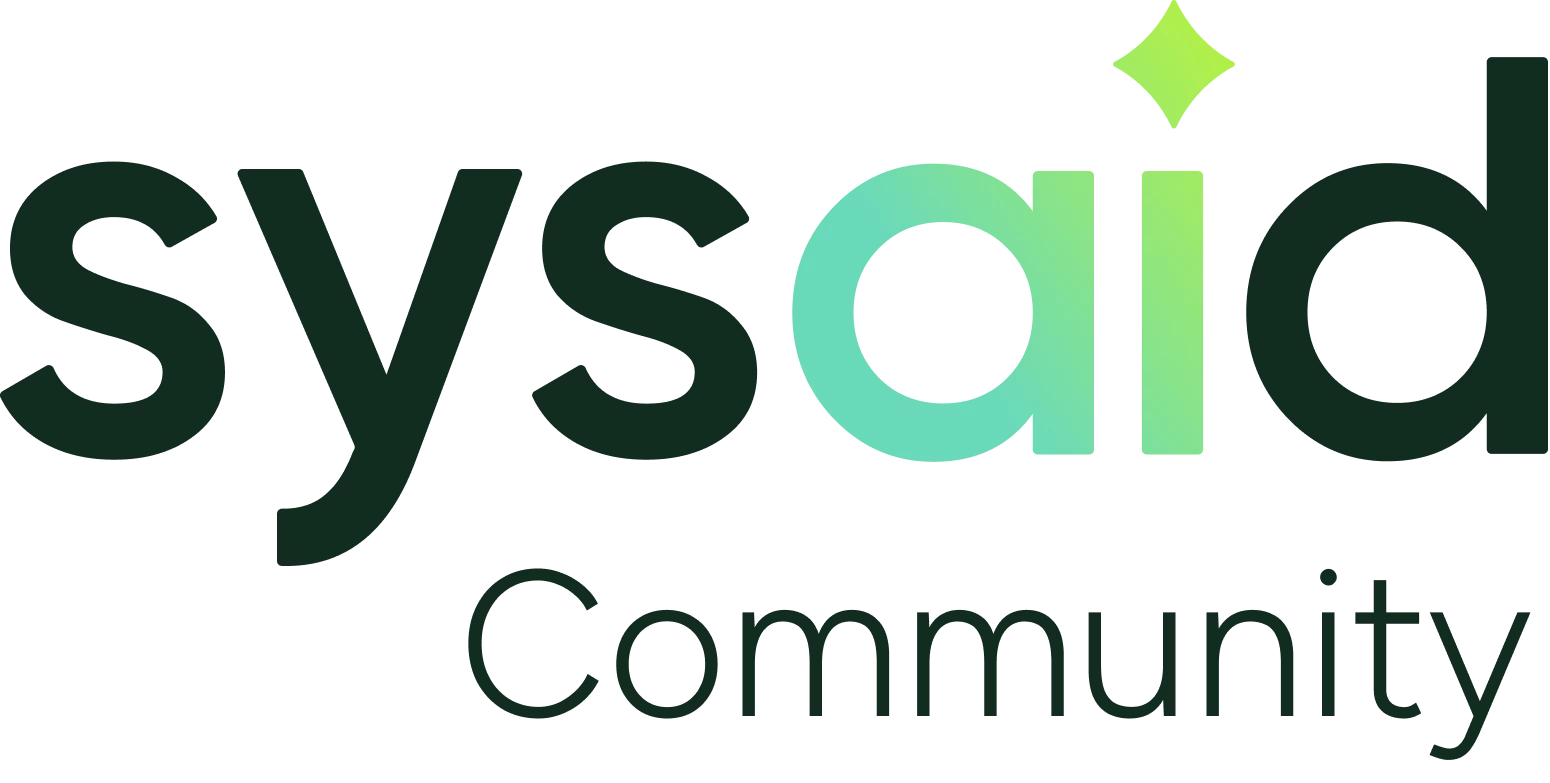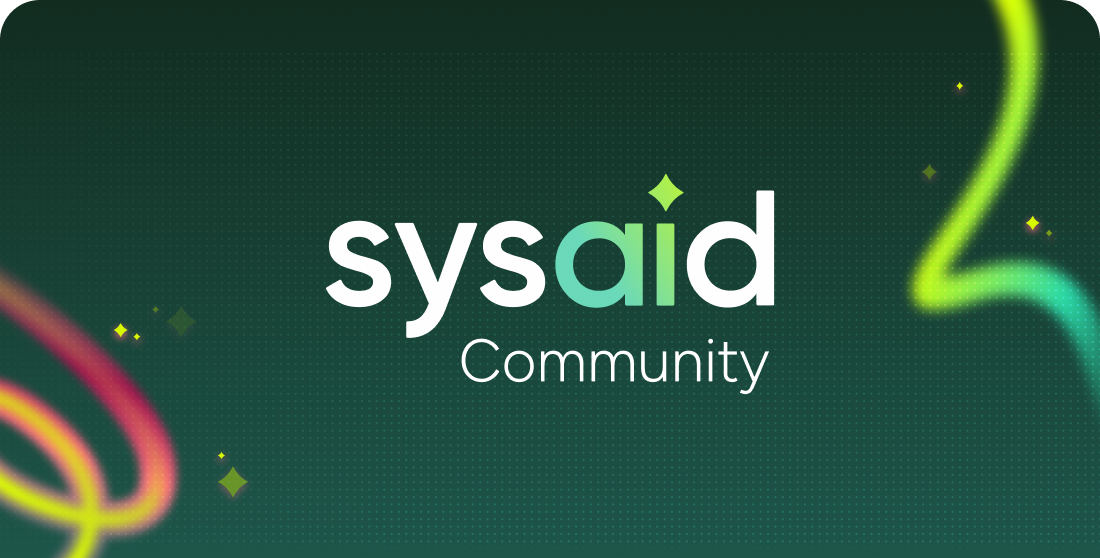How to remove old sysaid agent
I have sysaid agent 9.0.53 deployed on some machines for which the server is gone for good. There is no uninstall in add/remove programs and the service is running. What is the best clean way to remove it?
Enter your E-mail address. We'll send you an e-mail with instructions to reset your password.






